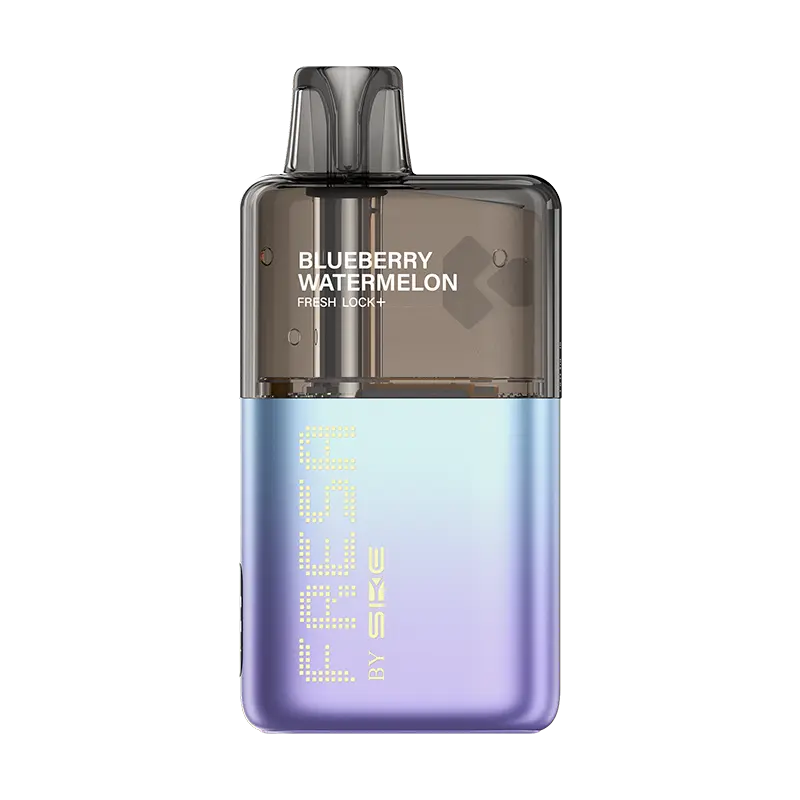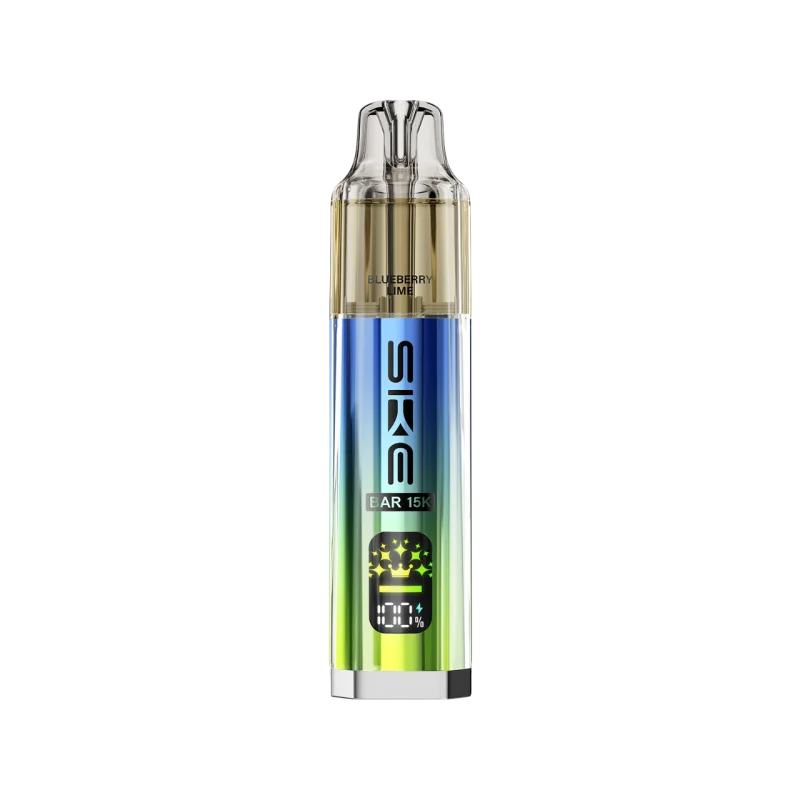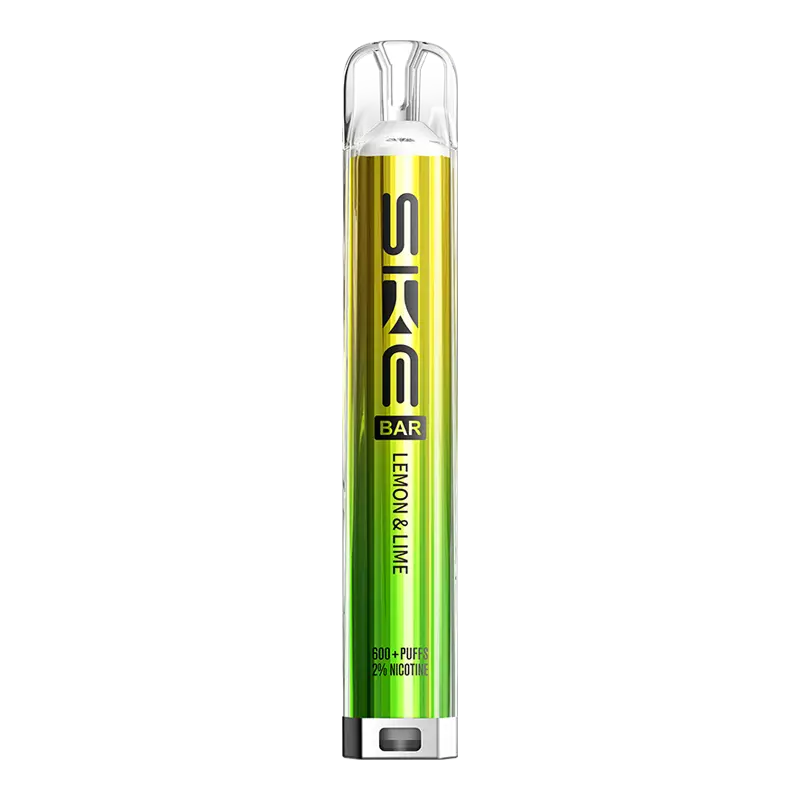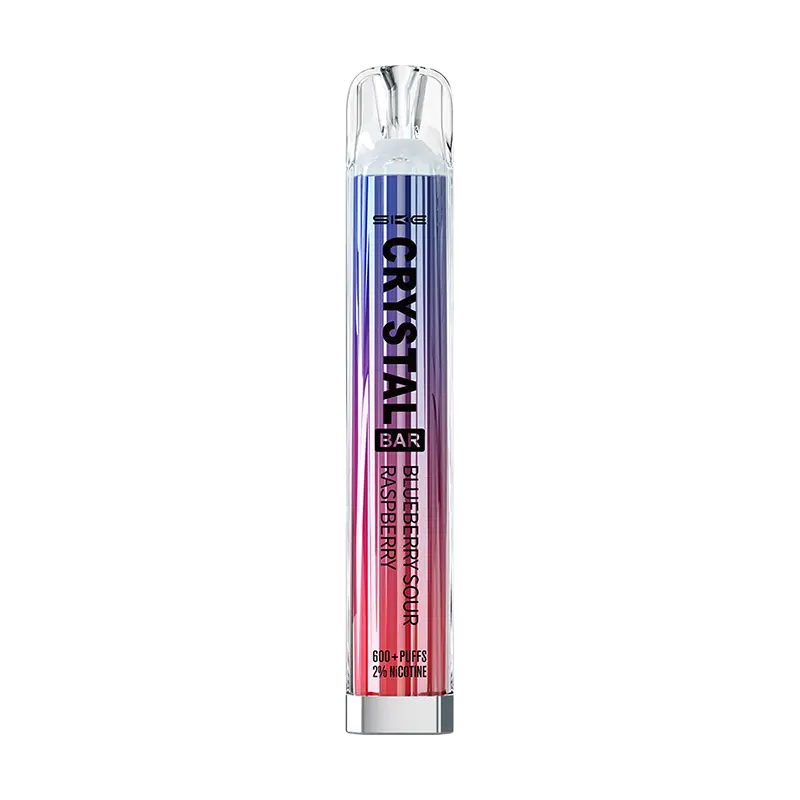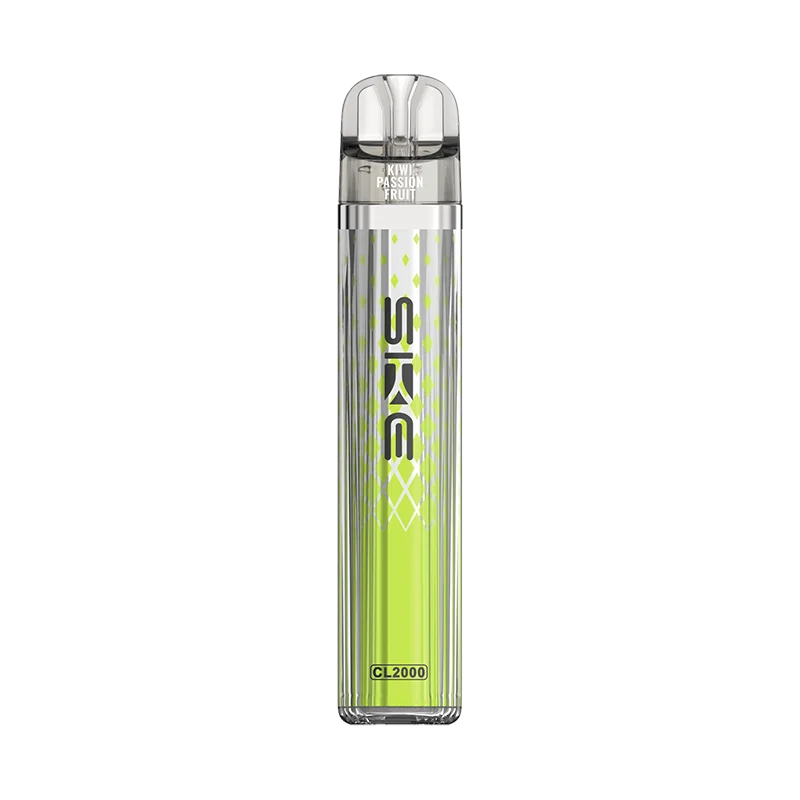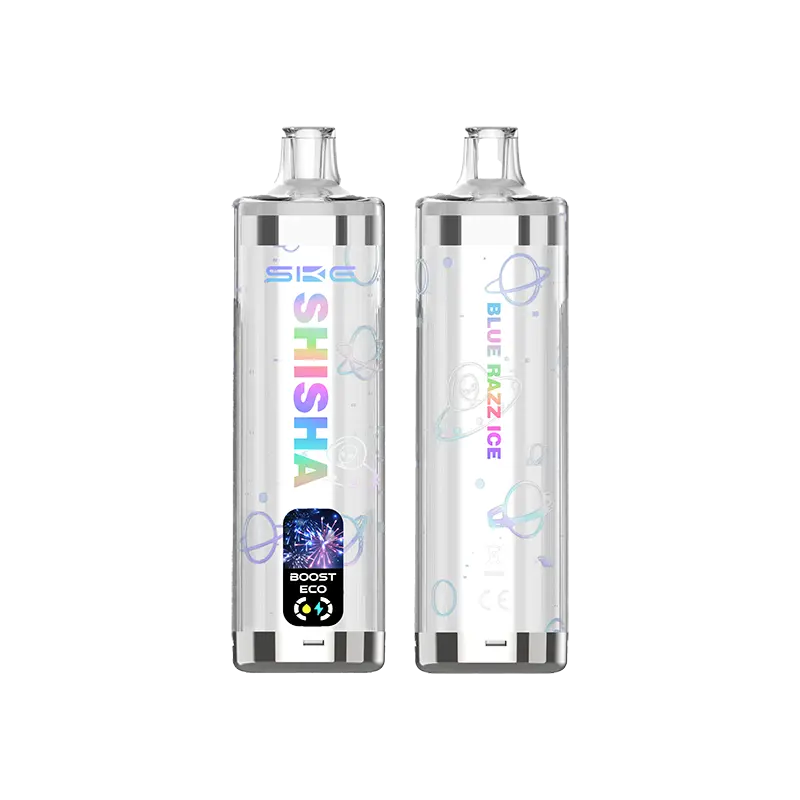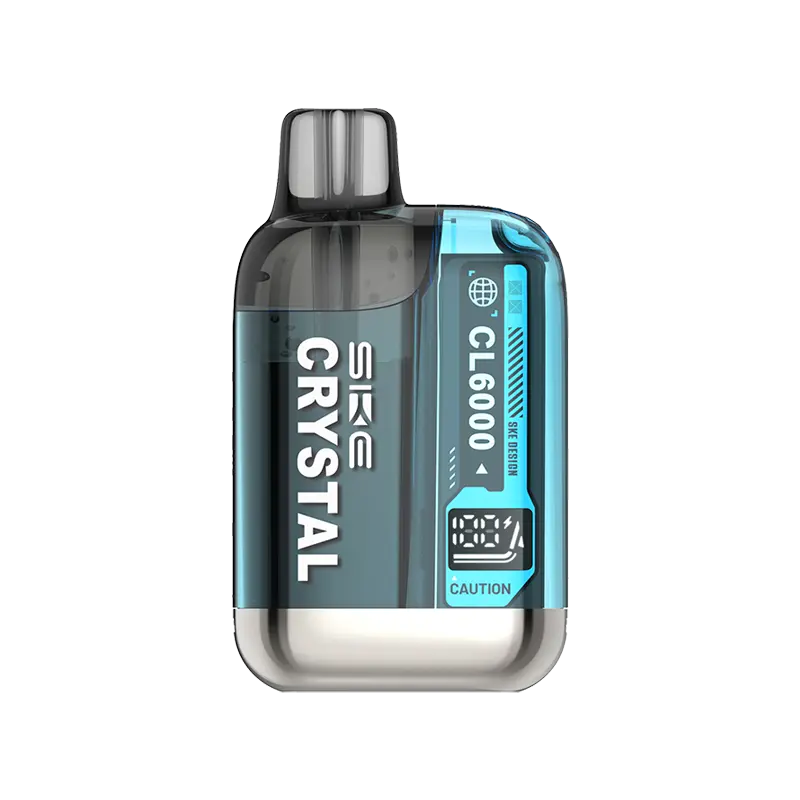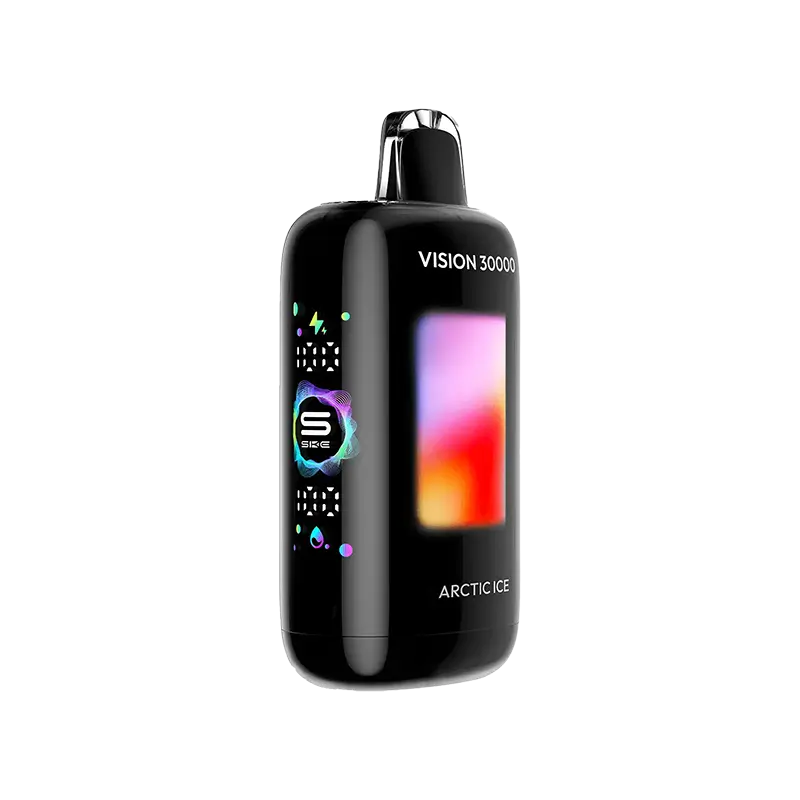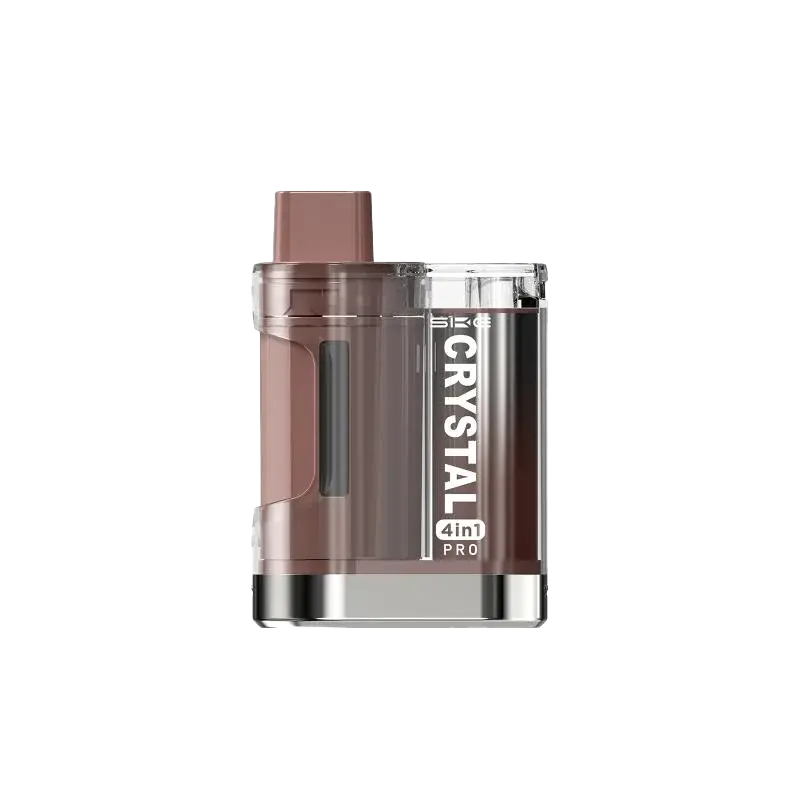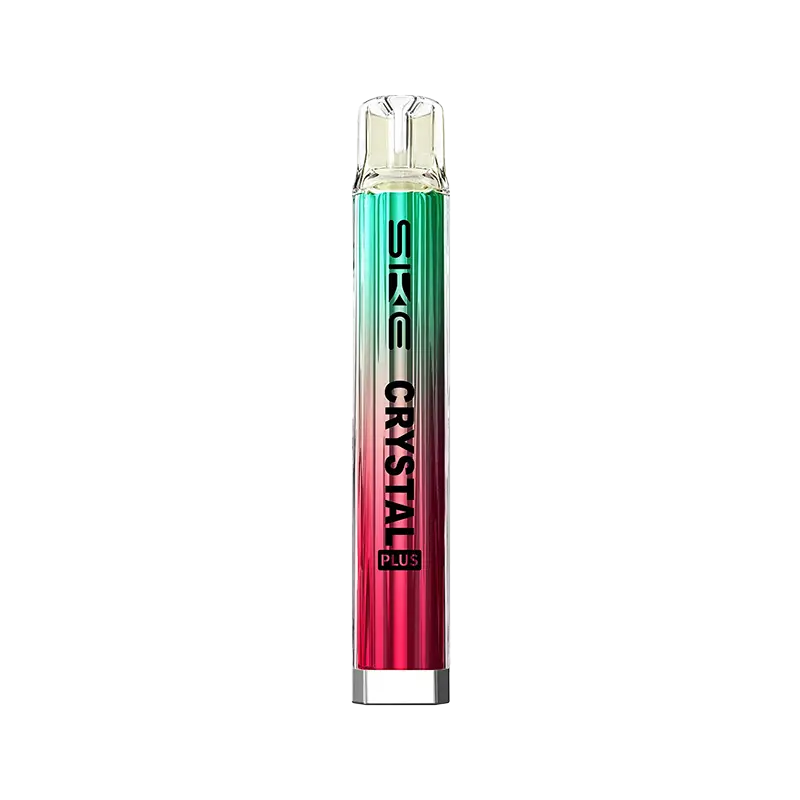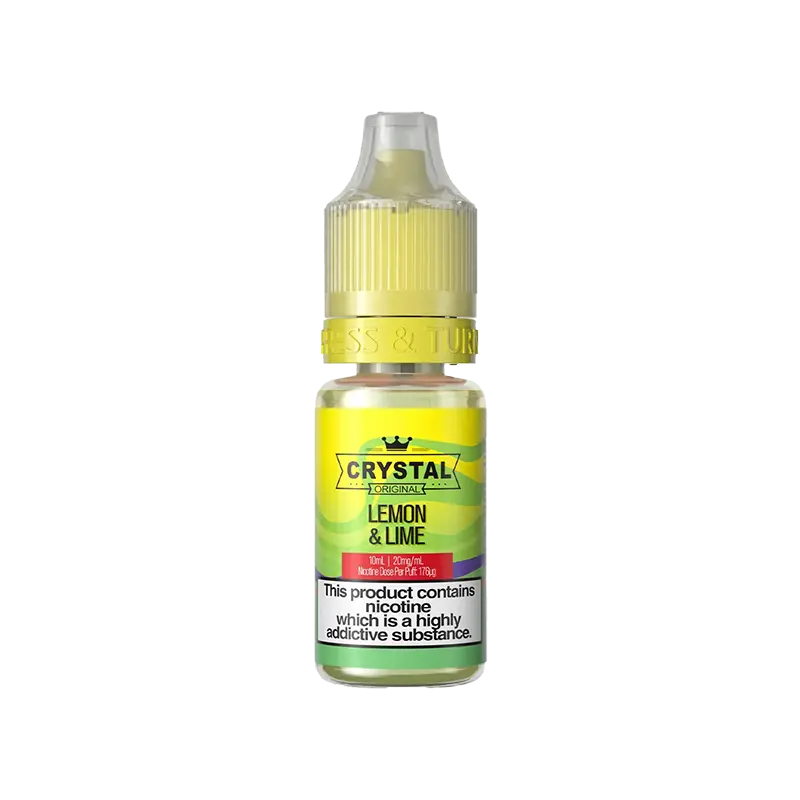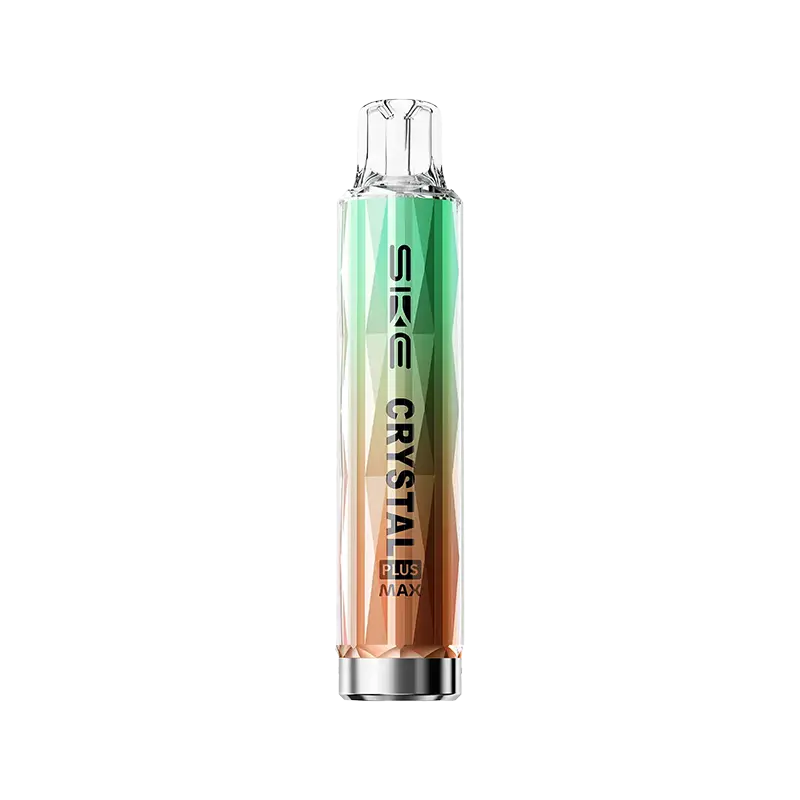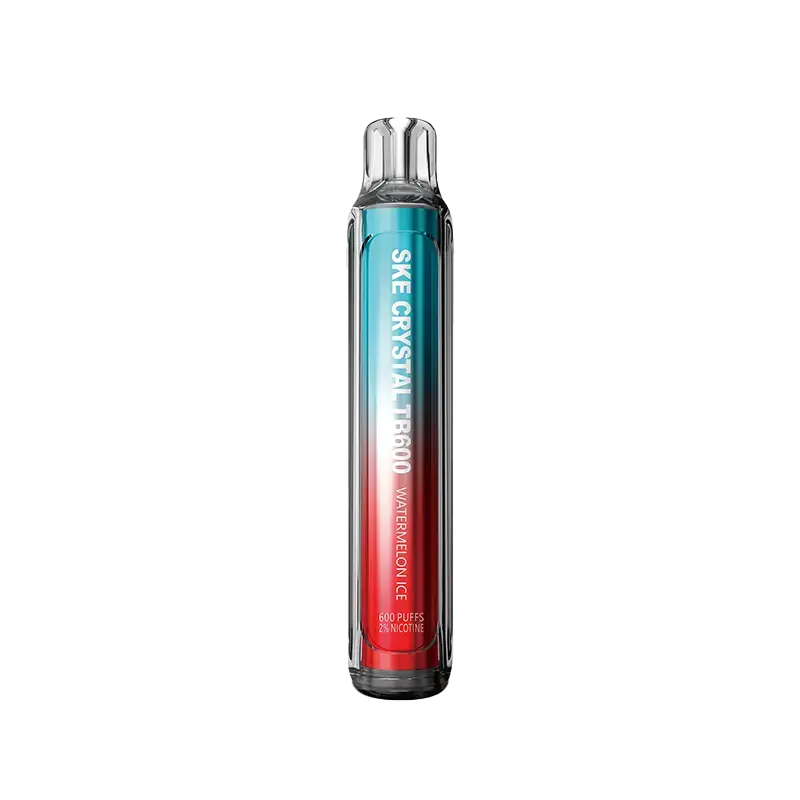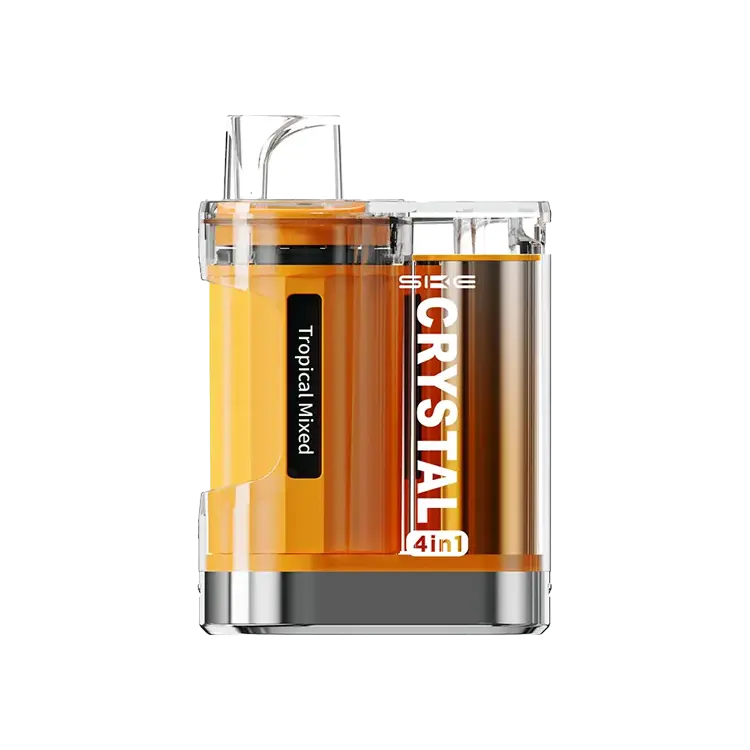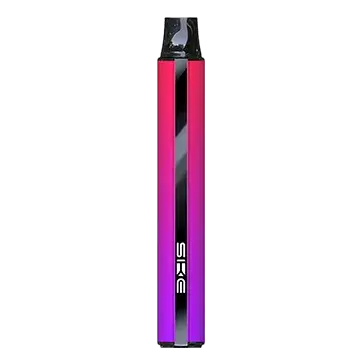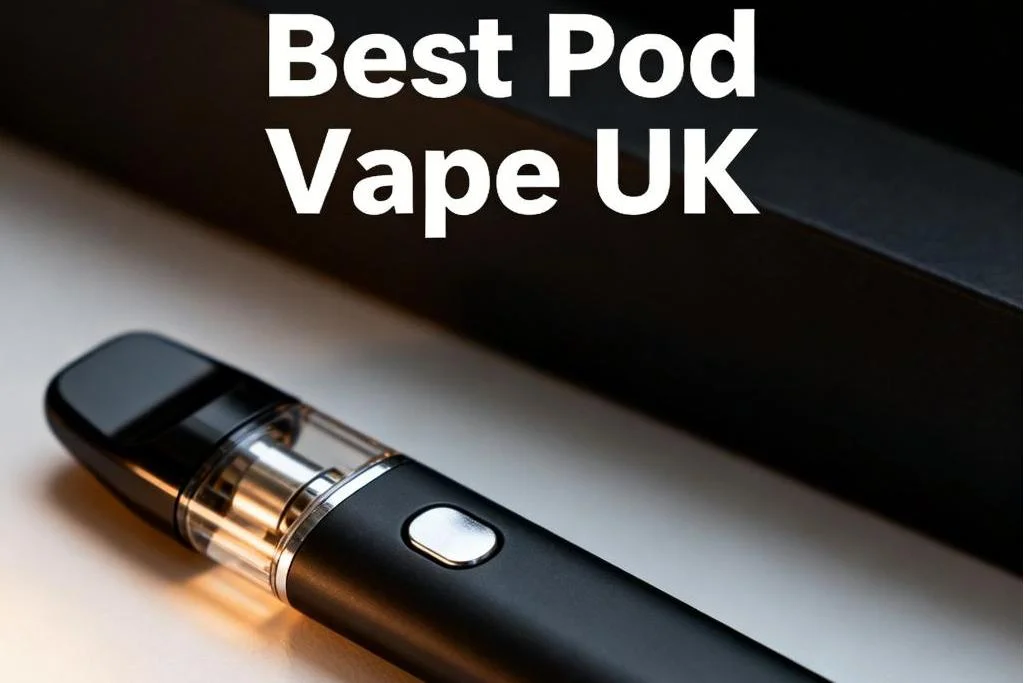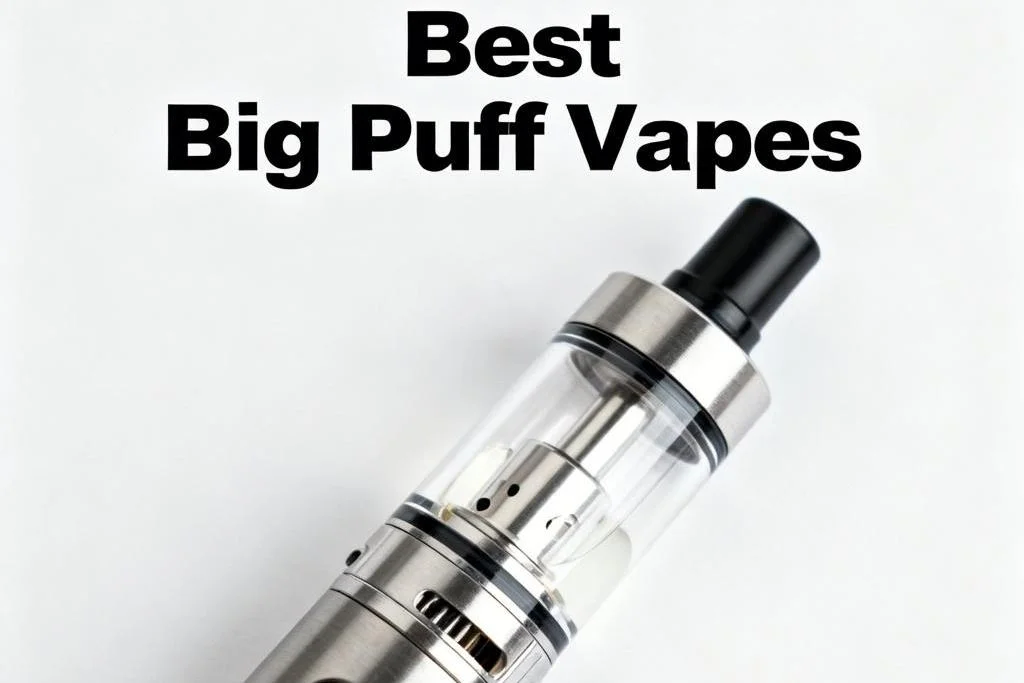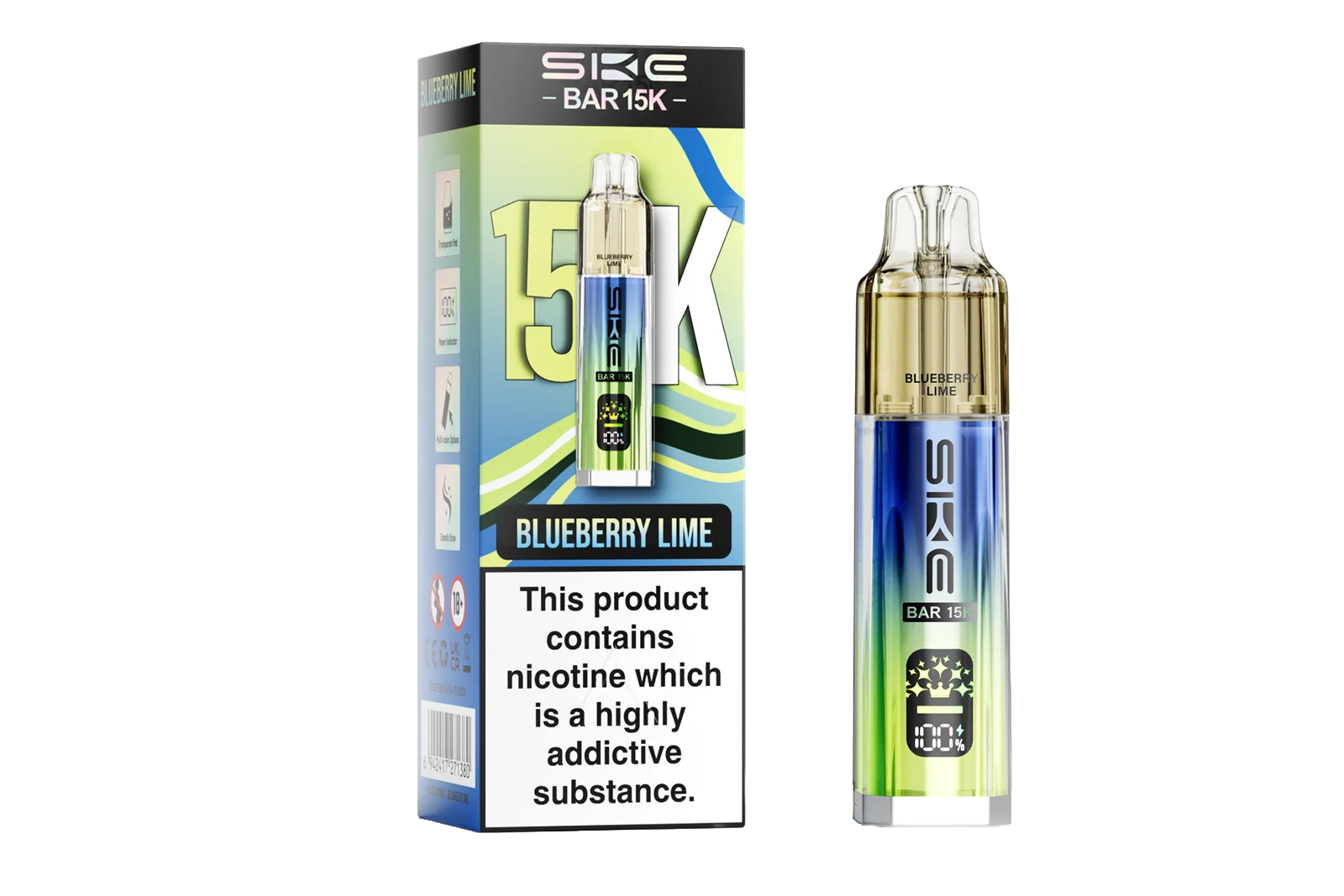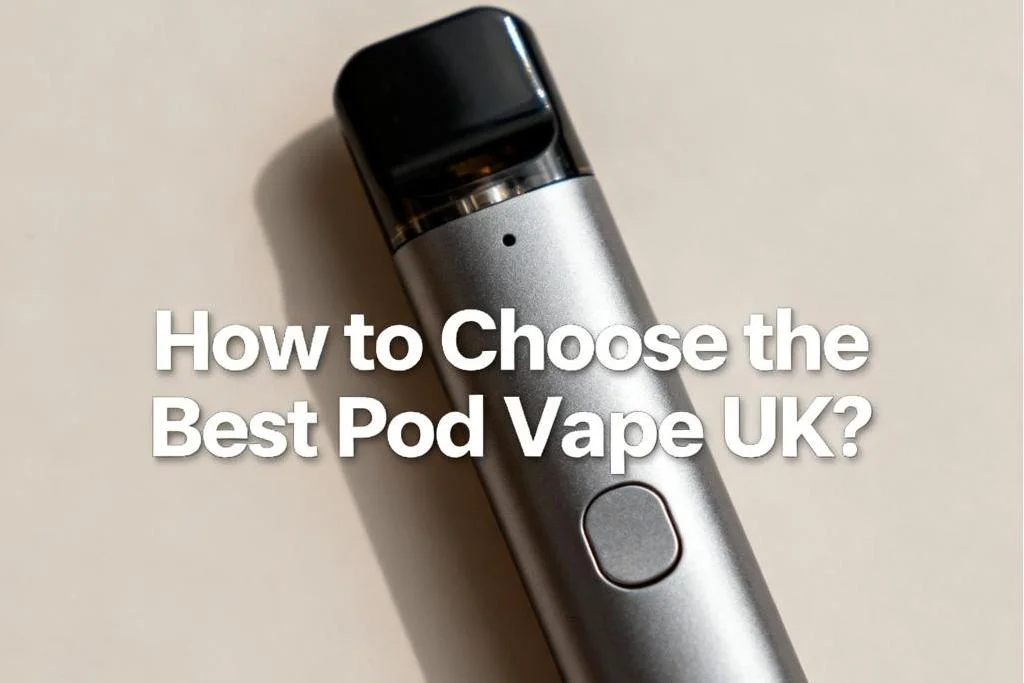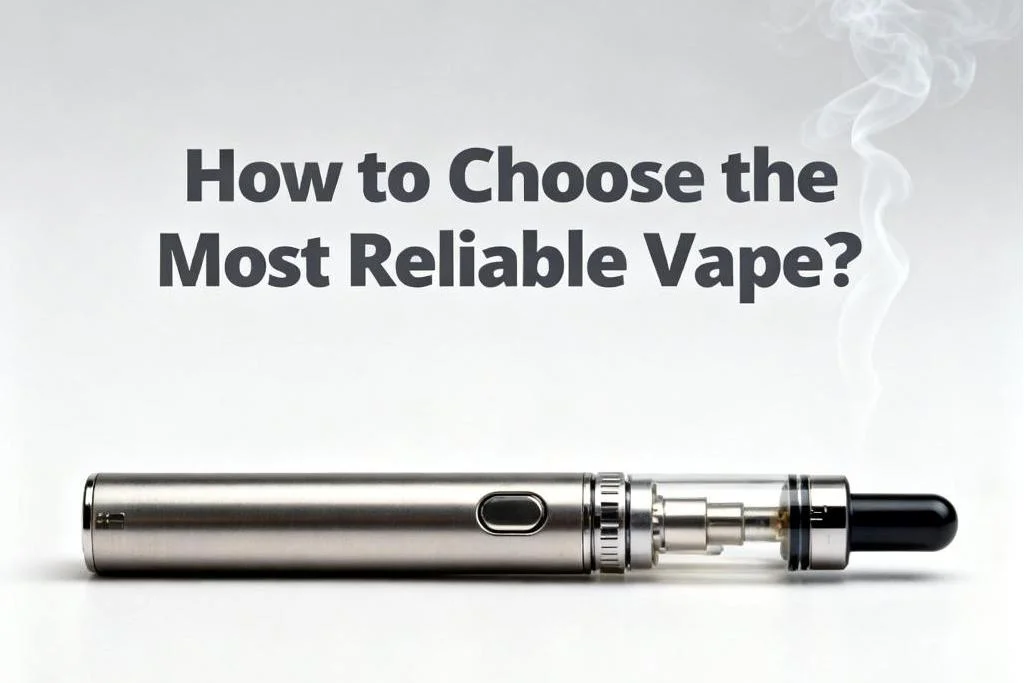What do Vape Ohms Mean? A Quick and Clear Explanation
With the expanding vaping community comes a growing curiosity about the technical nuances shaping the personal vaping experience. A pivotal question is: what do vape ohms mean? This guide delves into the principles behind vape ohms and how they intricately enhance the vaping journey.
Vape Ohms Explained
Ohm's Meaning in Electrical
In electricity, an ohm (Ω) is the standard unit of measurement for electrical resistance. Resistance refers to how much a material or component resists the flow of electric current. Every conductor or component has a certain resistance, determining how easily electricity can pass through. The higher the resistance, the harder the current to flow.
To put it simply, resistance can be thought of as friction for electricity. Low resistance in an electrical circuit allows current to flow more freely, while high resistance slows it down.
Ohm's Law
Now, here's where Ohm's Law comes into play, a fundamental principle in electrical engineering. Ohm's Law defines the relationship between voltage, current, and resistance in an electrical circuit:
Ohm's Law states that:
V = I × R,
where:
"V" is the voltage (measured in volts),
"I" is the current (measured in amperes),
R is the resistance (measured in ohms).
This formula shows that the current flowing through a circuit is directly proportional to the voltage and inversely proportional to the resistance. In simpler terms, if you increase the resistance of a circuit (higher ohms), the current flow will decrease unless you increase the voltage. Conversely, decreasing resistance (lower ohms) allows more current to flow at the same voltage.
Ohm's Meaning of Vaping
Now, let's shift to the vaping world. In vaping, ohms measure the resistance of the coil inside your atomizer. The coil's resistance affects several essential aspects of vaping, including vapor production, flavor, heat, and battery life. Vaping devices come with various coil resistance options, which allow users to customize their experience.
The lower the ohm rating of your coil, the more power you'll need to generate vapor, but you'll also get bigger clouds and more intense hits. However, there's a trade-off — lower resistance coils tend to drain your battery faster and may wear out your coil sooner.
How Does Ohm Affect Vape?
The ohm rating of a coil plays a critical role in determining the quality of the vape experience.
Vapor Production: Bigger Clouds or Subtle Puffs?
Coils with lower resistance (below 1.0Ω), known as sub-ohm coils, allow more current to flow through the coil, resulting in faster heating and, consequently, larger and denser vapor clouds. If you're a cloud chaser, using a low-ohm coil will give you the thick, voluminous vapor you're after.
On the other hand, higher-ohm coils (above 1.0Ω) produce less vapor. The coil heats up more slowly, resulting in a more controlled, less overwhelming cloud, perfect for vapers who prefer a more discreet, smooth vaping experience, and prioritize flavor over cloud production.
Flavor Intensity: Bold or Balanced?
Lower-ohm coils can generate more heat and intensify the flavor, making it richer and more powerful. However, too much heat can sometimes cause certain flavor notes to become muted or harsh, particularly if you're vaping a complex blend.
In contrast, higher-ohm coils, which operate at cooler temperatures, tend to produce a more balanced and refined flavor. If you enjoy savoring every subtle note in your e-liquid, a higher resistance coil can help preserve those delicate flavors while delivering a smooth vape.
Heat: Cool Vapes vs. Warm Hits
Lower resistance coils produce a warmer vapor since they contribute to more heat. Some vapers enjoy the sensation of a warm hit, which can feel more satisfying, especially when paired with high-VG e-liquids designed to produce dense clouds.
However, higher-ohm coils run cooler, producing a smoother and cooler vapor. If you prefer a less intense, more comfortable vape, or are sensitive to heat, opting for a higher resistance coil can help you achieve a gentler inhale.
Battery Life: Long Sessions or Frequent Charges?
Lower-ohm coils demand more power to heat up quickly and generate those massive clouds, meaning your battery will drain faster. It's something to keep in mind if you enjoy long vaping sessions, as you may find yourself recharging frequently with a sub-ohm setup.
In contrast, higher-ohm coils require less power, which helps preserve your battery. If you value extended vaping sessions without worrying about constant charging, using a higher-ohm coil can help you maximize your battery life and enjoy a more efficient vape.

High Ohms vs. Low Ohms
High Ohms
Higher ohms, typically 1.0 or more, suit mouth-to-lung (MTL) vaping that resembles traditional smoking. With a slower inhale and tighter draw, it's ideal for smokers transitioning to vaping, delivering a familiar sensation.
Benefits of High Ohm Coils:
Preserve Flavor Profiles: High-ohm coils, such as 1.2 ohms, vaporize e-liquid at lower temperatures, preserving intricate flavor profiles.
Extended Battery Life: High-ohm coils require less power to function.
Economical Liquid Usage: Lower power consumption leads to reduced e-liquid consumption.
Reduced Vapor Production: Suitable for vapers who prefer less vapor and a cooler vape experience.
Low Ohms
Conversely, low ohms, typical in sub-ohm vaping, favor direct-to-lung (DTL) vaping with a loose draw and intense vapor production, ideal for experienced vapers seeking a more intense experience.
Benefits of Low Ohm Coils:
Increased Vapor Production: Low-ohm coils, like 0.8 ohms, generate larger clouds of vapor for a more immersive experience.
Ideal for Experienced Vapers: Enjoy a different, more dynamic vaping experience.
Customizable Power Needs: Suited for larger devices with higher wattage capabilities.
Enhanced Heat and Intensity: Low-ohm coils produce more heat, resulting in a warmer vape and more robust flavor.
Fine-Tuning Your Vaping Experience
Variable Voltage and Wattage
Variable Voltage (VV): Vapers manually control the voltage flowing through the device. The actual power output depends on how the resistance of the coils interacts with the applied voltage.
Variable Wattage (VW): Unlike VV devices, VW vape devices allow users to set the desired wattage output directly. Then the variable wattage device automatically adjusts the voltage to produce the specified wattage based on the resistance of the coils. This simplifies the user experience, offering consistent power output regardless of coil changes.
The relationship between power, voltage, and electrical resistance is crucial. Lower resistance coils require more wattage for optimal performance, producing more heat, vapor, and flavor. Higher resistance coils, on the other hand, operate at lower wattages, generating cooler vapor with a more intense flavor.
Battery Life and Ohms
Ohms play a crucial role in battery life. The ohms of a coil impact the amount of current drawn from the battery.
Coils with higher resistance result in reduced current flow, resulting in a longer-lasting battery. In contrast, lower resistance coils (sub-ohm) demand more power and draw more current, leading to faster battery drain.
In addition, variables such as coil material, wire gauge, and vaping habits also influence battery performance.
In short, vapers can fine-tune their vaping experience by adjusting device settings, including wattage or voltage, to complement the resistance of the coil and achieve a satisfactory balance between vapor production, flavor, and battery longevity.

Practical Tips for Vapers
Choosing the Right Ohms
Factors to Consider:
1. Personal Preferences: Such as the desired amount of vapor, throat hit, and flavor intensity.
2. Vaping Style: Determine whether you prefer mouth-to-lung (MTL) or direct-to-lung (DTL) vaping. Higher ohms are suitable for MTL, resembling traditional smoking, while lower ohms cater to DTL for larger vapor clouds.
3. Battery Capacity: Recognize that lower ohms may lead to faster battery drain. If extended battery life is a priority, opt for higher ohm coils.
4. Device Compatibility: Some vaping devices have recommended coil ohm ranges.
5. Experimentation: Try different ohm coils to fine-tune individual vaping experiences.
6. Manufacturer Recommendations: Refer to the guidance for coil resistances and recommended wattage or voltage settings.
7. Consider Coil Material: Different coil materials may impact resistance.
8. Coil Lifespan: Keep in mind that lower ohm coils may have a shorter lifespan due to increased heat production.
9. E-liquid Compatibility: Recognize that e-liquids may behave differently with varying coil resistances. Some flavors may be more pronounced at specific ohm levels.
10. Adjustability: Utilize features like variable wattage or voltage to customize the power delivered to the coil.
Avoiding Dry Hits
Dry hits, the bane of every vaper, can be mitigated by understanding the relationship between ohms, wattage, and e-liquid viscosity.
1. Proper Priming: Ensure your coil is adequately primed with e-liquid before use.
2. Moderate Wattage: Adjust the wattage settings within the recommended range for your specific coil to avoid overheating.
3. Sufficient E-liquid Levels: Regularly check and maintain an adequate e-liquid level in your tank to prevent dryness and burning of the coil.
Ohms in Disposable Vapes
Disposable vape manufacturers, for instance, SKE, one of your favorite disposable vape brands, meticulously test and choose coil resistances that finely tune the vaping experience. This intricate process involves balancing factors such as battery power, e-liquid properties, heating rate, and wicking rate, all meticulously calibrated to ensure the end result is an exceptional combination of flavor and vapor production. That’s why the Crystal Bar and Crystal Plus Vape take the vape market by storm.
Ohms are the secret sauce of your vaping journey. Experiment, explore, and understand the concept of ohms in a vape to unlock an exceptional vaping experience.

FAQs:
Q1: What is the difference between 1.2 ohm and 0.8 ohm?
Electrical Resistance Levels: A 1.2-ohm coil has higher resistance compared to a 0.8-ohm coil.
Effect on Vaping Experience: A 1.2-ohm coil generally requires less power and produces less vapor. Lower-ohm coils demand more power, resulting in increased vapor production.
Temperature and Flavor: Higher-ohm coils tend to operate at lower temperatures, preserving e-liquid flavor. While 0.8-ohm coils may impact the intensity of flavor because of more heat generation.
Battery Life: Higher-ohm coils often contribute to longer battery life.
Vaping Style: 1.2-ohm coils are often associated with mouth-to-lung (MTL) vaping, while 0.8-ohm coils are used for direct-to-lung (DTL) vaping.
Q2: Is higher ohm better for vape?
The suitability of a higher ohm in vape is tailored to individual preferences. Opting for higher-ohm coils tends to provide a smoother, cooler vaping experience, appealing to vapers who prefer a more subdued throat hit and subtle vapor production. Ultimately, the preference for higher ohms hinges on the desired sensations and personal taste.
Q3: Should I use 1.2 or 0.8 coil for Salt Nic?
For Salt Nic, it's generally recommended to use a higher resistance coil, such as 1.2 ohms, as it provides a smoother vaping experience and helps prevent excessive vapor production. This allows for better compatibility with the higher nicotine concentrations typically found in Salt Nic e-liquids.
Q4: What are the advantages of variable voltage/wattage vaping?
Variable voltage/wattage vaping offers enhanced control, allowing users to fine-tune power to the coil. Adjusting voltage or wattage influences vapor production, flavor, and throat hit, accommodating diverse e-liquids. This customization, along with experimenting with different resistance coils, delivers a personalized and adaptable vaping experience tailored to individual preferences.
Q5: Which ohm is best for flavor?
Higher-ohm coils, like 1.2 ohms, are often chosen for preserving intricate flavor profiles by vaporizing e-liquid at lower temperatures. However, some may prefer the warmer, more robust flavor produced by lower-ohm coils, such as 0.8 ohms.
TABLE OF CONTENTS
- Vape Ohms Explained
- Ohm's Meaning in Electrical
- Ohm's Law
- Ohm's Meaning of Vaping
- How Does Ohm Affect Vape?
- Vapor Production: Bigger Clouds or Subtle Puffs?
- Flavor Intensity: Bold or Balanced?
- Heat: Cool Vapes vs. Warm Hits
- Battery Life: Long Sessions or Frequent Charges?
- High Ohms vs. Low Ohms
- High Ohms
- Benefits of High Ohm Coils:
- Low Ohms
- Benefits of Low Ohm Coils:
- Fine-Tuning Your Vaping Experience
- Variable Voltage and Wattage
- Battery Life and Ohms
- Practical Tips for Vapers
- Choosing the Right Ohms
- Avoiding Dry Hits
- Ohms in Disposable Vapes
- FAQs:
- Q1: What is the difference between 1.2 ohm and 0.8 ohm?
- Q2: Is higher ohm better for vape?
- Q3: Should I use 1.2 or 0.8 coil for Salt Nic?
- Q4: What are the advantages of variable voltage/wattage vaping?
- Q5: Which ohm is best for flavor?
